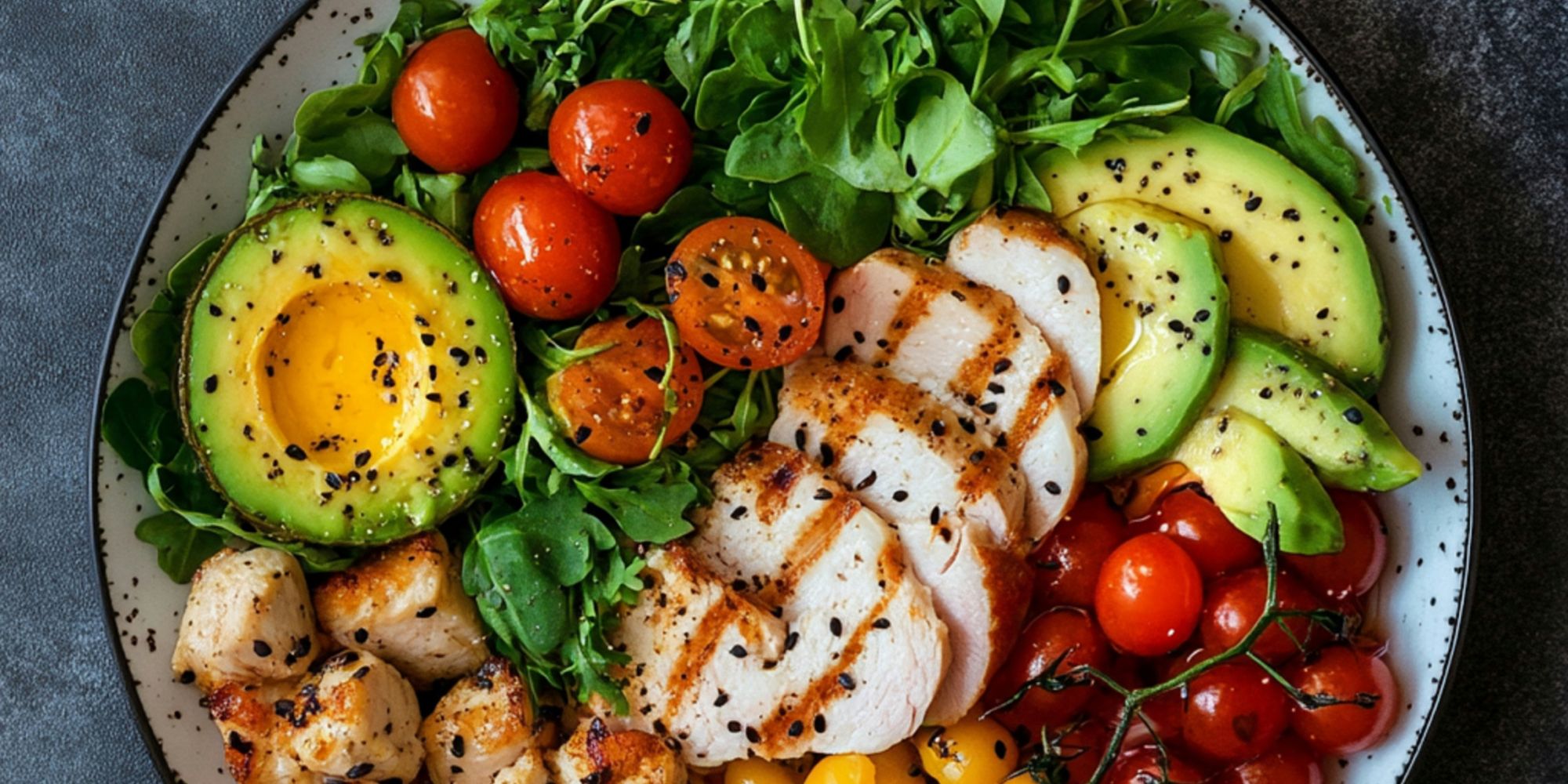The ‘Tiffany Plate’: TikTok’s latest aesthetic food craze
In the glittering world of TikTok food trends, where aesthetics often take precedence over substance, the ‘Tiffany Plate’ has carved out a visually stunning niche. Popularised by influencer Tiffany Magee, this trend combines vibrant, mostly raw, whole foods into an artfully arranged plate that looks like it belongs in a wellness magazine. But like many things on the internet, its glossy exterior doesn’t always reflect what’s underneath.
So, what precisely is a ‘Tiffany Plate’? Is it beneficial for you? And, most importantly, does it truly satisfy?
What is the ‘Tiffany Plate’?
The ‘Tiffany Plate’ is an arrangement of clean, anti-inflammatory foods, typically composed of raw or minimally processed ingredients. Think: chicken sausage, hearts of palm, raw carrots, cucumber, colourful dragon fruit slices, and crucially, a dollop of mustard on cottage cheese. It’s all plated carefully, sometimes on designer tableware, and filmed for social media either under soft aesthetic lighting or during a car mukbang.
This trend emerged after Magee, a lifestyle and wellness creator, began sharing what she called ‘anti-inflammatory plates’ as part of her healing journey following a Lyme disease diagnosis. Her goal? To eat in a way that kept her energised, light, and non-bloated–without giving up variety or enjoyment. The trend quickly took off, with thousands of users replicating her creations and sharing their own Tiffany-inspired spreads.
For people seeking to incorporate more fruits and vegetables into their diet, this guide can be a helpful resource
My experience: Pretty to look at, but something was missing
When I first assembled my own ‘Tiffany Plate’, I admit–I loved it. The colours were gorgeous, the food was clean and fresh, and the plating felt like a form of luxury self-care. I included a grilled chicken sausage, raw veggies, a few strawberries, some pickled beetroot and a spoonful of cottage cheese.
There were some oddities for a UK kitchen, though. One of the more surprising elements was ‘hearts of palm’, an ingredient I had never heard of. I managed to find a tin on a bottom shelf in Morrisons, and I was pleasantly surprised by the taste (but not the texture). There was also the mustard situation. Thankfully, I’d seen a UK-based creator accidentally use English mustard and struggle with the spice, so I used American mustard myself, which fit the plate perfectly.
The overall experience was pleasant. Eating it felt like giving my body exactly what it needed. But about an hour later, I was already hungry again. The problem? The ‘Tiffany Plate’ is long on aesthetics and short on true satiety. The lack of complex carbs and substantial protein left me unsatisfied. While the meal was high in fibre and volume, it didn’t provide the fuel or fullness I needed to get through the day.
The pressure to eat ‘clean’ can evolve to disordered eating patterns if not approached with flexibility and balance
Is it actually healthy?
On the surface, yes. The ‘Tiffany Plate’ includes a variety of nutrient-dense, whole foods. You’re getting fibre, vitamins, antioxidants, and hydration. It’s low in processed sugar, refined carbs and artificial additives. For people seeking to incorporate more fruits and vegetables into their diet, this guide can be a helpful resource.
But it’s not without its downsides. Many of these plates lack enough calories, protein, and fat to sustain energy levels or support metabolic function, especially if used as a main meal. This can be particularly problematic for women, whose hormonal health is closely tied to nutrient intake.
There’s also the potential for orthorexia-adjacent behaviour. The way these plates are presented–clean, strict, and portion-controlled–can subtly encourage a mindset where ‘perfect’ food is considered good food. The pressure to eat ‘clean’ can evolve to disordered eating patterns if not approached with flexibility and balance.
Similar TikTok trends: Aesthetic, light and mot always filling
The ‘Tiffany Plate’ isn’t the first trend to promote snack-like meals under the guise of health and aesthetics. The ‘Girl Dinner’ trend also began to champion low-effort, grazing-style meals like cheese cubes, olives, crackers and apple slices. These ‘dinners’ are often more about vibe than substance and tend to be low in nutritional balance.
But behind the carefully curated camera angles is a plate that, for many, might fall short on substance
Other adjacent trends include:
– Cottage Cheese Everything: From cottage cheese ice cream to savoury bowls, TikTok is obsessed. High in protein, yes – but it doesn’t work as a complete meal on its own.
Chopped Italian Salads and ‘Protein Bowls’: These trends at least aim for balance, combining protein, fats, and fibre in more fulfilling ways.
Butter Boards and Snack Plates: Visually stunning but more party snack than everyday meal.
Should you try it?
If you’re looking for a light lunch or a refreshing snack, the ‘Tiffany Plate’ can be a fun and nourishing option. It encourages you to eat more whole foods and pay attention to your plating, something we often overlook in the rush of daily life.
However, please don’t treat it as a one-size-fits-all health hack. Use it as inspiration, not a blueprint. Add a boiled egg, some quinoa, and a whole-grain wrap–whatever your body needs to feel energised and satisfied. Food should be beautiful, but it should also be enough!
Final thoughts:
The ‘Tiffany Plate’ taps into our cultural hunger for wellness, beauty and control. It offers a feel-good aesthetic that aligns with the “that girl” lifestyle often promoted on TikTok. But behind the carefully curated camera angles is a plate that, for many, might fall short on substance.

Comments